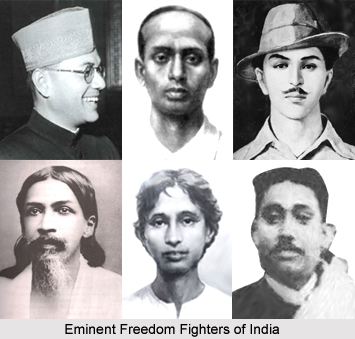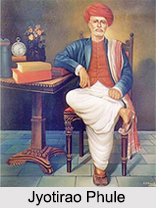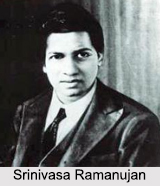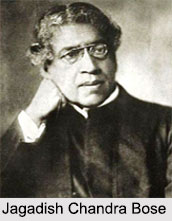Land and Agrarian Reform by Jawaharlal Nehru have helped to shape Indian agriculture reform in many ways. As a Prime Minister of India, Nehru attempted to quickly develop the nation by bringing on agrarian reform and rapid industrialization. A victorious land reform was brought in that eliminated huge landholdings, but efforts to reallocate land by placing limits on landownership failed.
Efforts to initiate large-scale cooperative farming were aggravated by landowning rural elites, who formed the heart of the powerful right-wing of the Indian National Congress and had considerable political support in opposing the efforts of Jawaharlal Nehru. Agricultural production expanded until the early 1960s, as additional land was brought under cultivation and some irrigation projects began to have an effect. The establishment of agricultural universities, modelled after land-grant colleges in the United States, contributed to the development of the economy. These universities worked with high-yielding varieties of wheat and rice, initially developed in Mexico and the Philippines that in the 1960s began the Green Revolution, an effort to diversify and increase crop production. At the same time a series of failed monsoons would cause serious food shortages despite the steady progress and increase in agricultural production.
This article is a stub. You can enrich by adding more information to it. Send your Write Up to [email protected]




















